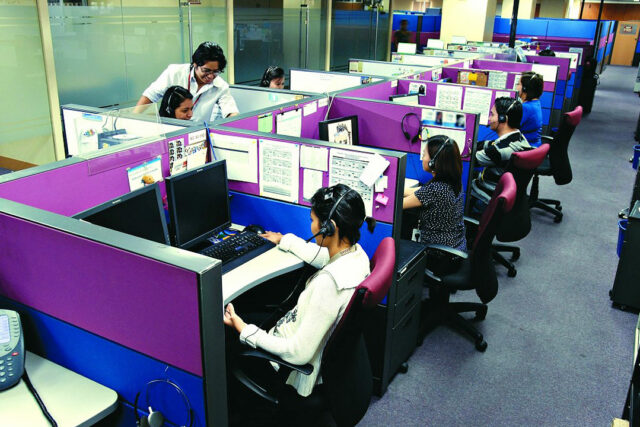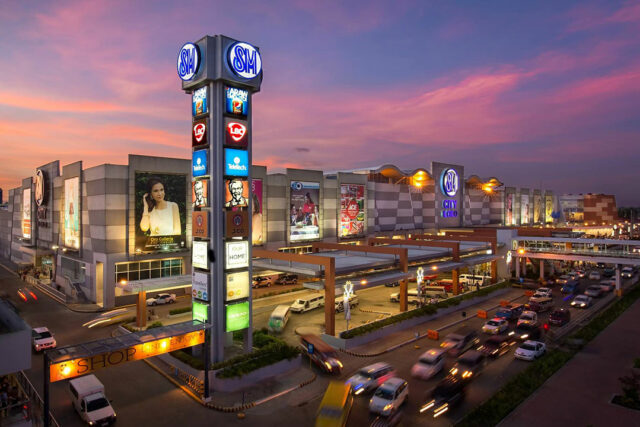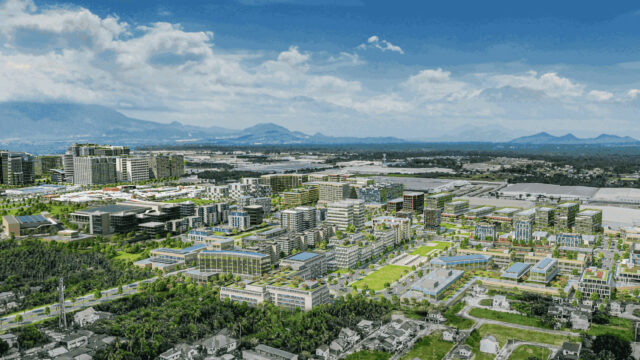By Bjorn Biel M. Beltran, Special Features and Content Assistant Editor
Real estate in the Philippines, even as it experiences short-term and medium-term challenges, is still expected to grow alongside continued economic expansion.
Global real estate firm Cushman & Wakefield (CWK), in their first market briefing for 2025, said that the country is currently experiencing unique challenges, unlike any previous cycles in that the current environment “is shaped by unprecedented factors such as the global pandemic, geopolitical tensions and rapid technological advancements.”
“Established CBDs (central business districts) remain resilient, and the diversification into multiple sub-markets offers new opportunities. Looking ahead, nouveau sectors such as technology, health care and logistics are expected to drive demand, supporting a gradual market recovery,” CWK said.
Multinational professional services firm Colliers Philippines supported this view, saying that property market is ripe with opportunities and will enjoy “stellar growth” in 2025, especially in the retail, residential, and industrial segments.
“In our view, these are the property sub-segments likely to benefit from interest rate cuts recently implemented by the central bank. The Philippines’ young and skilled workforce with constantly rising disposable incomes also support these sub-segments’ growth beyond 2025,” Joey Roi Bondoc, director at Colliers Philippines, wrote for BusinessWorld in a column.
It is clear, then, that the Philippine real estate can be a prudent investment in an environment of uncertainty and volatility, particularly as the sector pivots towards resilience and sustainability.
The future of property management
Property management has traditionally centered on the basic responsibilities that come with owning real estate as an investment, such as rent collection, occupancy monitoring, and maintenance coordination. It is part-and-parcel with real estate as an industry.
Yet, as real estate itself continues to change, so too must investors adapt and evolve. Today, digital transformation, environmental sustainability, and rising tenant expectations are reshaping the property landscape.
For instance, tenants have become much more discerning in what kind of residential properties they invest in. In Metro Manila, Colliers said the sizeable number of unsold pre-selling and completed or ready-for-occupancy (RFO) units right now “could take more than five years to absorb given the current take-up rates.”
The substantial number of unsold RFO units is constricting developers to launch new condominium projects in the capital region. As of the third quarter (Q3) of 2024, Colliers data showed that unsold inventory in Metro Manila (covering pre-selling and RFO) reached 75,300 units.
“It will take about 5.8 years to fully sell out all these unsold condominium units, about five times longer compared to the pre-pandemic period (2017 to 2019) where remaining inventory life (RIL) ranged between 0.9 and 1.1 years. Of the 75,300 remaining inventory, 27,200 are RFO valued at P154.4 billion ($2.8 billion). This is a sizable amount yet to be taken up,” Mr. Bondoc wrote.
“The lower to upper mid-income segments (P3.6 million to P12 million) accounted for 57% of remaining RFO inventory in Metro Manila as of Q3 2024. Meanwhile, among the submarkets with high level of unsold RFO units include Pasig City, Quezon City-South, Parañaque, Manila North, Makati Fringe, and Quezon City-North.”
Mr. Bondoc added that tenants are leaning towards leisure developments with more holistic, and master-planned with various land uses. He noted some of these leisure-oriented projects are dispersed across Batangas, Cavite and Cebu. Other locations likely to attract similar investments include Palawan, Boracay, Bohol, and Davao.
“The demand for these projects should also get a boost from the recovery of the country’s travel and tourism sector. Colliers also sees the revival of demand for golf communities within and outside Metro Manila,” he said.
Hence, property management for such tenants is no longer just about maintaining buildings; it is about enhancing the value of their assets, delivering more experiences aligned with their preferences, and feeding into broader sustainability goals for the industry.
Redefining resilience
Perhaps the most impactful of changing tenant values is the increased demand for environmental sustainability. For many industries, sustainability is no longer optional, but a competitive necessity as ESG (environmental, social, governance) standards continue to influence investment decisions all over the globe.
In the context of the Philippines, rising energy costs and increasing awareness of climate resilience are driving property owners and managers to rethink their strategies.
Energy-efficient retrofits, green building certifications (such as Leadership in Energy and Environmental Design or LEED and EDGE), and sustainable community initiatives like waste reduction programs are becoming selling points for tenants and investors alike. Developers who invest in sustainability now can future-proof their properties, differentiate themselves in a crowded market, and align with emerging government incentives for energy-efficient developments.
Areas like Bonifacio Global City (BGC) and Clark Global City illustrate how Philippine property markets are diversifying. Growth is also expanding beyond Metro Manila, with vibrant property markets emerging in Iloilo, Davao, and Pampanga. This creates opportunities for both large developers and small property management firms ready to adopt global best practices.
NEO, the owner, developer, and manager of the Philippines’ top certified green buildings in BGC, is one example of a developer leading this shift. Beyond focusing on sustainable construction, NEO emphasizes the long-term management of buildings as dynamic, people-centered ecosystems.
“For developers and managers like us, recognizing this human layer is critical,” Gie Garcia, co-managing director and chief sustainability officer of NEO, said. “Building a resilient, sustainable, and innovative development does not end at construction. It extends to nurturing the community that operates it, investing in their training, empowering their leadership, and embedding a shared sense of purpose in every part of the building’s daily life.”
The future of property management in the Philippines is a future of reinvention. As real estate continues to change, transformed by innovation and reshaped by shifting demands by both tenants and investors, property managers also must outgrow their previous roles of operational caretakers and evolve into more strategic enablers.
Those who invest in innovation, embrace sustainability, and adapt to changing market demands will be best positioned to thrive in a competitive and future-ready real estate landscape.

















